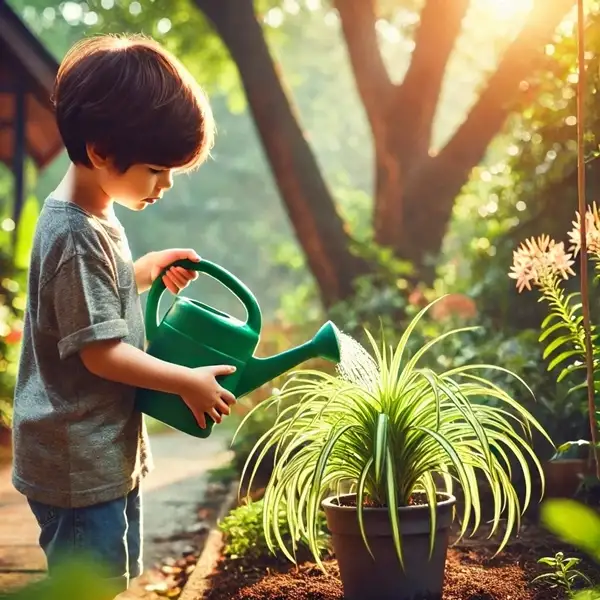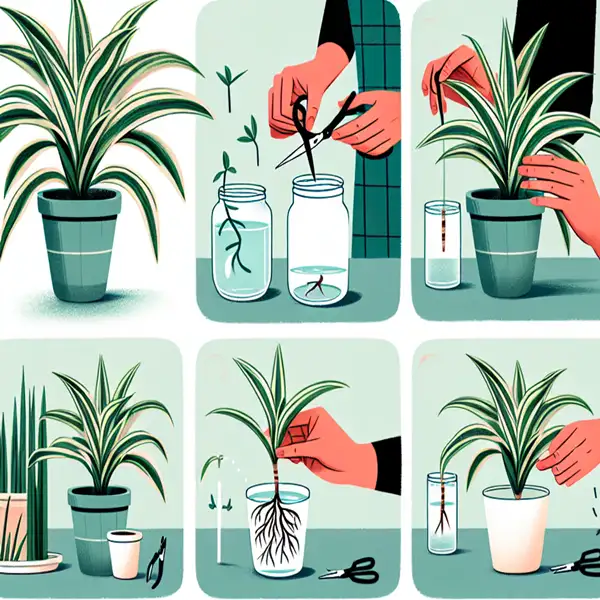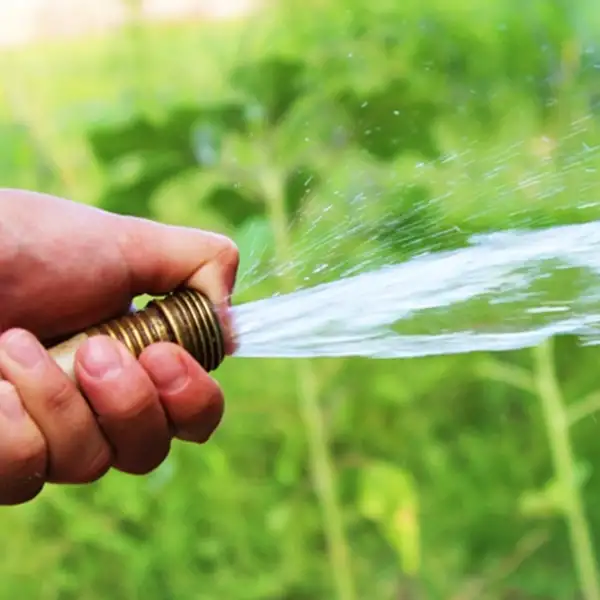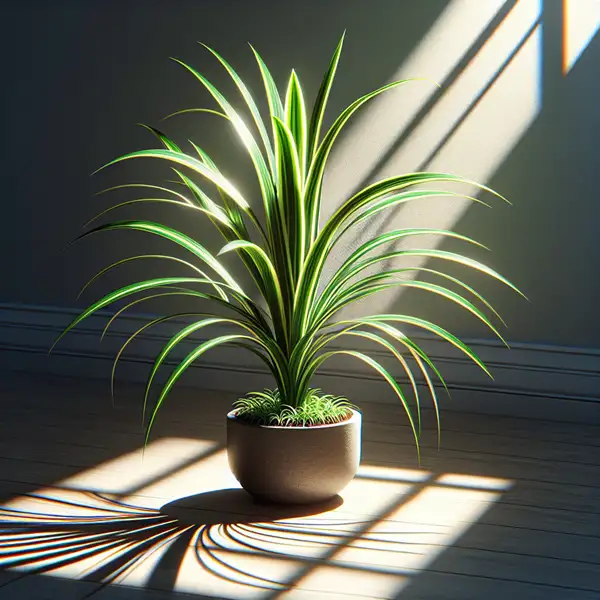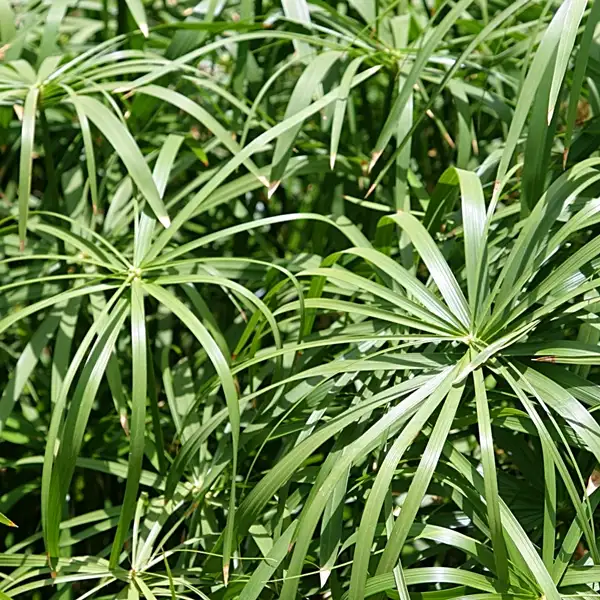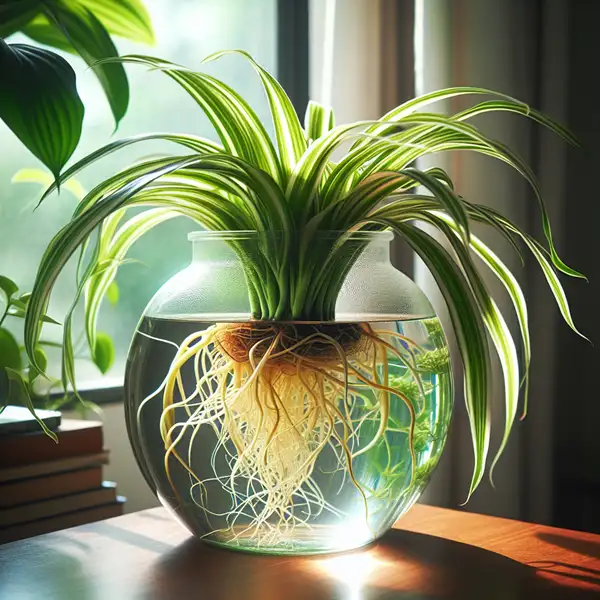Key Takeaways
| Key Takeaways |
|---|
| Discover the surprising truth about can spider plants live outside & what makes their outdoor survival unique. |
| Uncover the biggest challenges of outdoor cultivation and how to overcome them successfully. |
| Learn expert strategies that can make your outdoor spider plant thrive against all odds. |
| Explore real-world success stories from different regions, revealing where spider plants flourish best outdoors. |
| Get essential tips from gardening pros for long-term outdoor spider plant care. |
The Versatile Spider Plant
It was a sunny morning when I stepped into our community garden and spotted a vibrant spider plant basking in partial shade outdoors. The sight intrigued me so much that I began exploring can spider plants live outside like this. Now, as an experienced gardener and someone who has tested spider plants in various conditions for years, I can confidently say-
“Yes, spider plants can live outside, but only when certain conditions are met!”
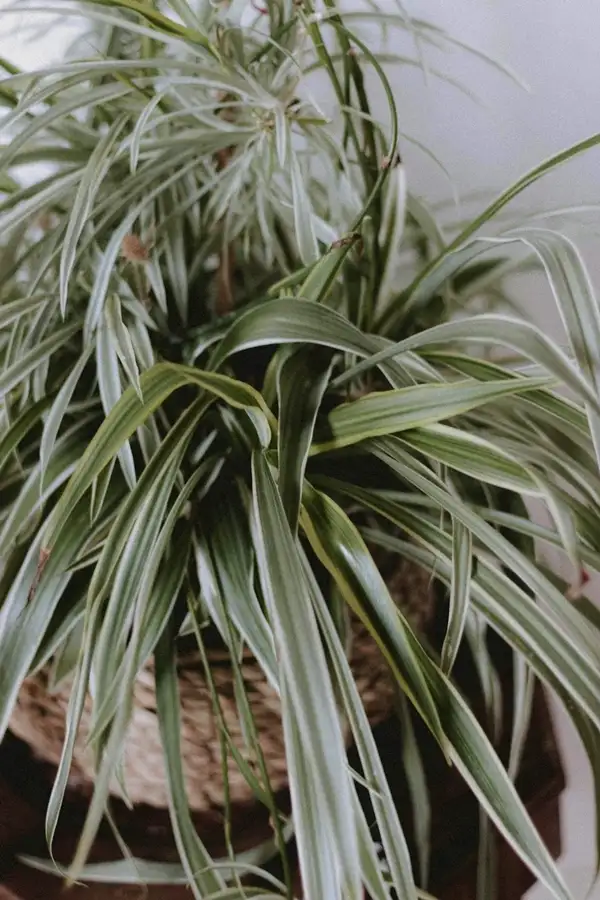
This amazing houseplant not only adds beauty but also purifies indoor air by eliminating toxins such as formaldehyde & xylene. NASA’s Clean Air Study refers to spider plant as one of the top indoor plants for improving air quality.
Caring for this fast-growing species is relatively effortless. They are resistant to most types of plant diseases and pests—one reason why beginners find them incredibly easy to deal with.
However, we’re here today not just to talk about why these plants are fantastic partners inside our homes but also how they can serve their purpose outdoors. Some may wonder if these hardy members of the Asparagaceae family can survive outside your home in unpredictable weather conditions. Well, let’s delve deeper into understanding this versatile species.
Ideal Climate for Spider Plants

Spider plants thrive in well-drained soil under indirect bright light conditions, which is usually possible indoors. But can spider plants live outside year-round? When contemplating moving a spider plant outside—think climate!
- A tropical native primarily from Southern Africa regions (South Africa), Spider Plants need temperatures between 55°F -80°F (13°C -27°C).
- They prefer humid weather and don’t do very well in arid climates unless sufficiently watered.
- These resilient little fellows are frost-sensitive; exposure below 50°F can lead them toward irreversible damage!
- For gardeners living in USDA zones 10 through 11—where temperatures rarely plunge below freezing—you have found yourself an impressive outdoor counterpart.
- It would be best to remember that direct sunlight may cause leaf burn when spider plants are grown outdoors.
- However, these hardy creatures can tolerate partial shade and even heavy shade.
Hence, maintaining a proper balance between temperatures and lighting conditions is crucial when you decide to let your green friends venture out.
5 Challenges of Growing a Spider Plant Outdoors
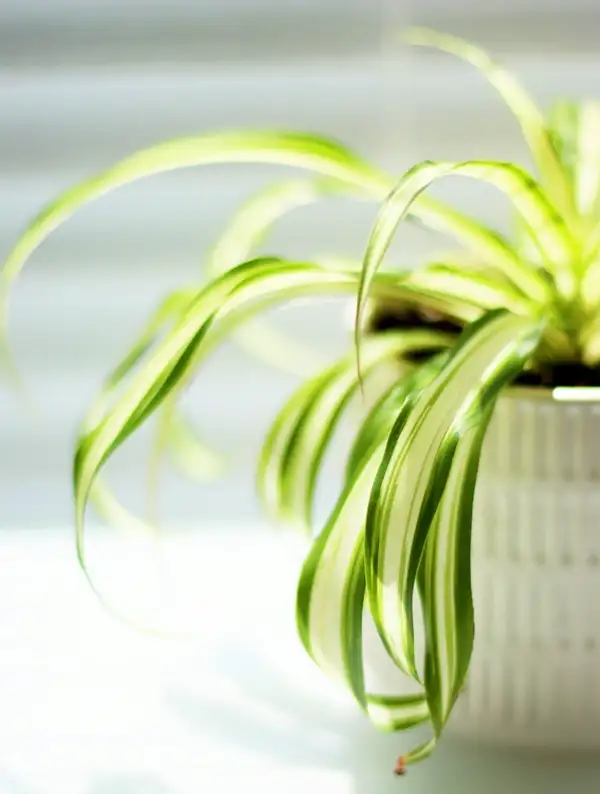
Evidently, there’s no straightforward ‘yes‘ or ‘no‘ answer as to whether spider plants can live outside. Several challenges take the yard stage when this tropical houseplant moves out—which calls for immediate gardening attention!
- The biggest hazard is an extreme temperature drop during winters, leading to frost damage. This results in the plant leaves getting discolored and ultimately turning mushy—a sign that your plant might not recover.
- Exposure to severe sun rays may lead them toward leaf-tip browning.
- Similarly, they risk attack from outdoor pests like spider mites or aphids—though it’s usually low due to their natural resistance against common pests.
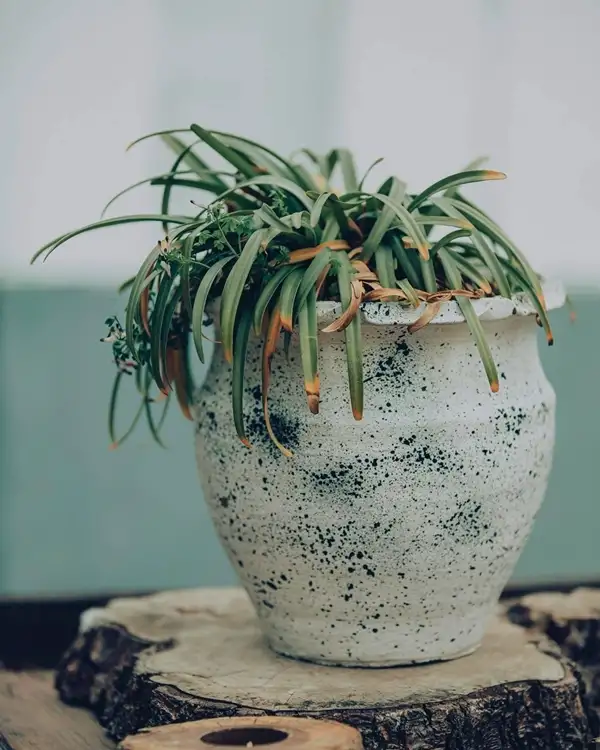
- Moreover, too much rainwater could settle into the pot leading to issues like root rot; small persistent water pools could attract mosquito breeding as well.
- Lastly, strong winds may exhaust outdoor spider plants because healthy growth requires stable condition without wild changes.
6 Expert Strategies for Outdoor Growth of Spider Plants
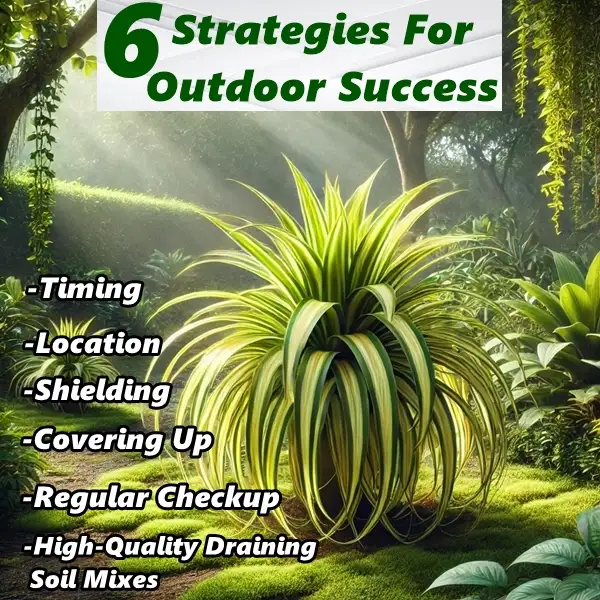
It’s clear while growing the versatile spider plants outdoors won’t always be a simple stroll through the garden—it isn’t impossible either! Implementing strategic practices will help boost your chances of successful cultivation.
Timing
Firstly – timing matters! The ideal time to move indoors spideys outside would be after any threat of frost has passed – most probably late spring in many regions.
Location
Second – location selection: Bright colorations demand lit areas but not direct sunlight exposure which should be avoided at all costs (focus on indirect lit zones).
High-Quality Draining Soil Mixes
Investing in high-quality draining soil mixes will prevent overly soggy soil situations typically arising during rainy seasons thereby warding off root rot.
Shielding
Provide good shielding from strong winds – near walls or fences work well.
Covering Up
In the event of an unexpected frost, consider covering them up or bringing them indoors if possible.
Regular Checkup
Keeping a regular check for pests and disease uptake will help in early detection and extermination!
Case Studies – Outdoor Survival of the Spider Plant in Different Regions

Success in Tropical Regions
Outdoor spider plants have shown successful outcomes in many tropical regions similar to their native habitat – parts of Florida and southern Texas as prime examples since these areas match their required climate conditions largely (USDA 10-11 zones).
Colder Regions – Challenges
However, colder regions such as northern states or Canada offer discouraging results primarily due to freezing temperatures.
Mid-Region Areas – Optimistic Outcomes
Mid-region areas like Northern California, where minimum temperatures are just above frost limits and there is adequate summer rainfall, have recorded optimistic outcomes when strategic practices are implemented efficiently!
Australia – Unexpected Success
A few spider plant enthusiasts from Australia also share encouraging outdoor growth observations, exhibiting how these plants are far more adaptable than we often assume!
Pro Tips for Caring for an Outdoor Spider Plant
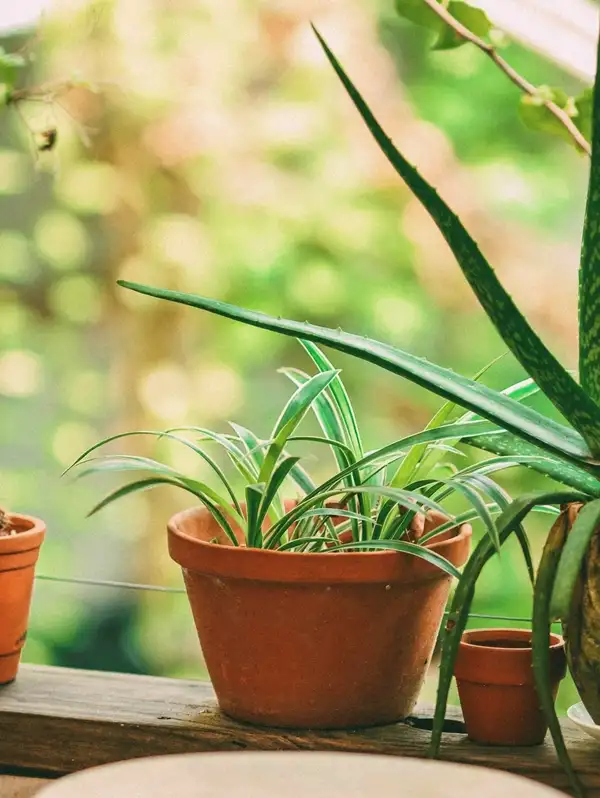
Growing outdoor spider plants is feasible when you guarantee optimal care against potential threats.
- Never underestimate winter protection – even brief exposure to below-frost temperatures can prove devastating. Brian Minter, a renowned horticulturist & gardening author, quotes-
“Understanding your climatic zone is paramount while dealing with tropical species outdoors!”
This highlights the undeviating focus on region suitability before planning arboreal migrations.
- Also – striking that fine balance between ‘right’ light exposure could be challenging but pivotal.
- Lastly, remain vigilant regarding disease symptoms and pest infestation—especially during peak summer months—and take immediate action on sighting them.
- So, can spider plants live outside permanently? Experts suggest-
“Only in regions with a mild climate year-round. Otherwise, they’re best treated as seasonal outdoor guests.”
Considering all aspects—it’s evident that transitioning spider plants outside isn’t an aimless pursuit; it’s a beautiful journey that enables green aficionados to explore another side of this versatile houseplant’s personality that may surprise you pleasantly!
Quick Outdoor Spider Plant Care Guide
| 🌿 Outdoor Spider Plant Essentials | 💡 Quick Insights |
|---|---|
| 🌞 Best Climate & Placement | Thrives in USDA zones 10-11; prefers indirect light and humid environments. Protect from frost and harsh sun. ☀️🌿 |
| ⚠️ Top Challenges Outdoors | Watch out for frost damage, sunburn, pests (aphids, mites) & root rot from waterlogging. 🛑🐞 |
| 🌱 Pro Care Strategies | Plant in well-drained soil, provide wind protection & cover during cold snaps. Check regularly for pests. 💧🌿 |
| 🌎 Regional Outcomes | Tropical regions like Florida show great success; mild climates (e.g., Northern California) yield promising results. ❄️🌞 |
| 🌟 Expert Gardening Tip | Monitor weather closely & treat outdoor spider plants as seasonal guests in colder zones. 🧤👨🌾 |
Frequently Asked Questions
What are outdoor spider plant varieties?
Spider plants (Chlorophytum comosum) have green & variegated forms. No distinct outdoor varieties exist.
Can potted spider plants live outside?
Yes! If kept between 55°F to 80°F, with indirect light, good drainage & protection from harsh sun or cold.
What temperature kills spider plants?
Temperatures below 50°F (10°C) cause frost damage & can kill our spider plant.
Do spider plants do better inside or outside?
They thrive indoors, where conditions are stable & care is easy.
What kind of pots do spider plants like?
Use well-draining pots slightly larger than their root system to prevent waterlogging.
How long can spider plants live outside?
They can survive outdoors in warm months but need protection from frost.
Can spider plants live outside in winter?
No, they are frost-sensitive & need a frost-free environment.
Can spider plants live outside in the summer?
Yes, but place them in shaded areas & ensure well-draining soil.


